LLNL scientists and collaborators have achieved a milestone in biological computing: completing the largest and fastest protein structure prediction workflow.
Science and Technology
in the News
Science and Technology
in the News
News Center
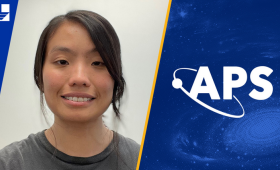
Wei Jia Ong, an LLNL staff scientist, has been recognized as the recipient of the APS 2025 Stuart Jay Freedman Award in Experimental Nuclear Physics.
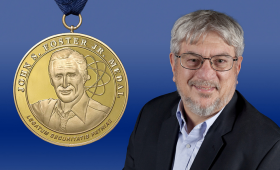
Director Kim Budil announced that the 2025 John S. Foster, Jr. Medal is awarded to Michael R. Anastasio, former director of both LLNL and Los Alamos National Laboratory.
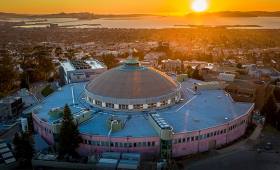
In a recent study, LLNL and Lawrence Berkeley National Laboratory scientists described how synchrotron-based scanning transmission X-ray microscopy (STXM) can identify chemical states and material impurities at the scale of individual particles.
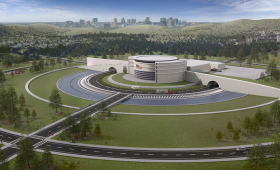
The DOE announces $134 million in funding for two programs designed to secure U.S. leadership in emerging fusion technologies and innovation.

LLNL researchers are tackling this challenge by developing first-of-their-kind approaches to look at how materials and structures evolve inside a metal AM structure during printing.
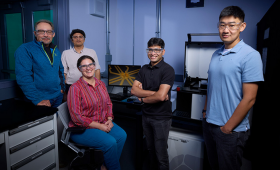
LLNL researchers and collaborators miniaturize quadrupole ion traps for the first time with 3D printing.

MIT Technology Review has named LLNL research scientist Xiaoxing Xia as one of its 2025 Innovators Under 35.

In a study published in Optica, LLNL researchers developed a new diagnostic that captures plasma evolution in time and space with a single laser shot.

LLNL researchers and collaborators investigated a California river ecosystem and found a nitrogen-fixing bacterium that acts like a proto-organelle.


